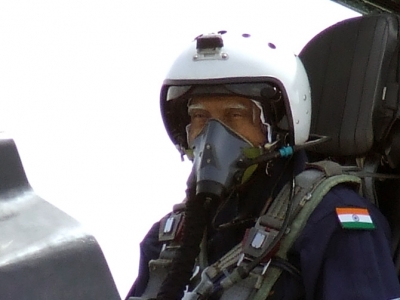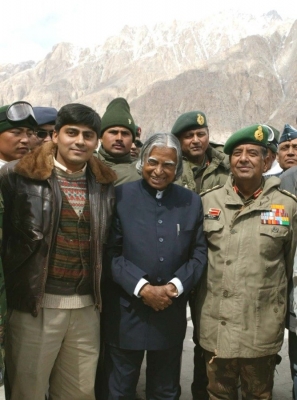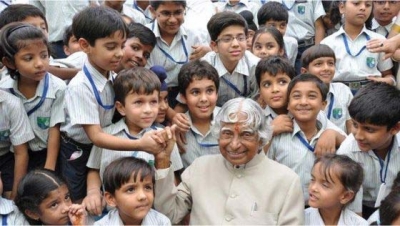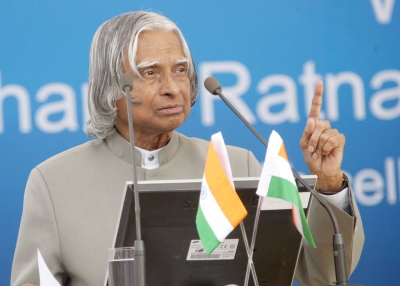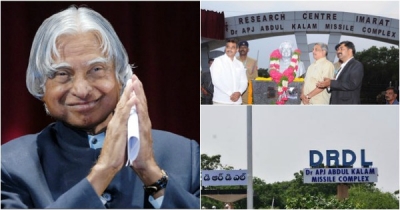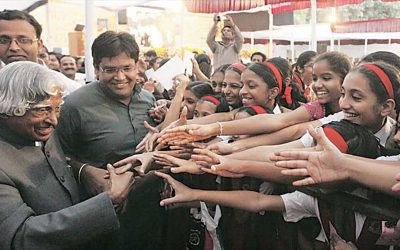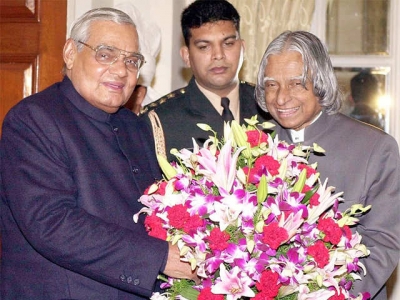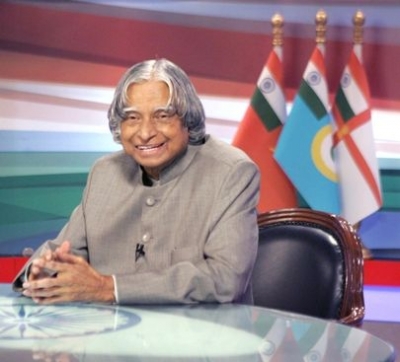When did Dr. Kalam take an underwater journey in the navy submarine, INS Sindhurakshak?
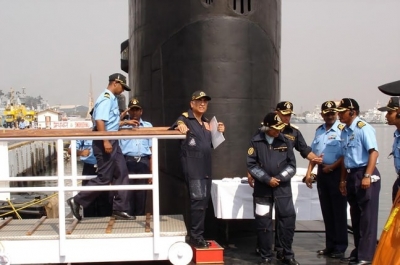
In 2006, Dr APJ Abdul Kalam visited the Navy submarine INS Sindhurakshak. (It was later destroyed in an accidental explosion in 2013 at the Mumbai naval dockyard).
Dr. Kalam went on board the INS Sindhurakshak, a Russian-origin kilo class submarine, from the Visakhapatnam naval dockyard. He was the first Indian president to undertake such a journey. Kalam had previously visited a submarine in the harbour during his tenure as the Scientific Advisor to the Defence Minister. But this was a three-and-a half hour journey during which Kalam shared lunch with the crew members.
Later he said about his experience: “It was my first experience (to sail in a submarine underwater) and I learnt how the silent force of the Indian Navy would function when it was underwater. Success comes if we work very hard in the midst of challenges. I experienced the challenges the submarine faces to make our country powerful,” Kalam had said.
Picture Credit : Google
